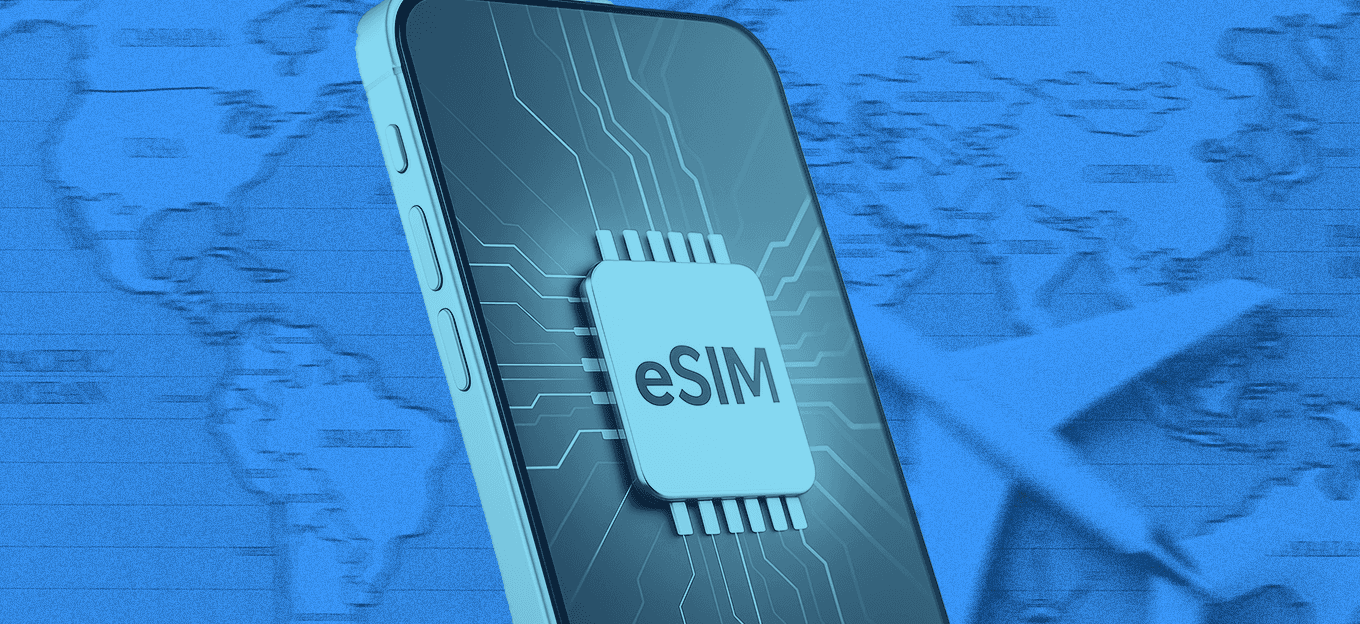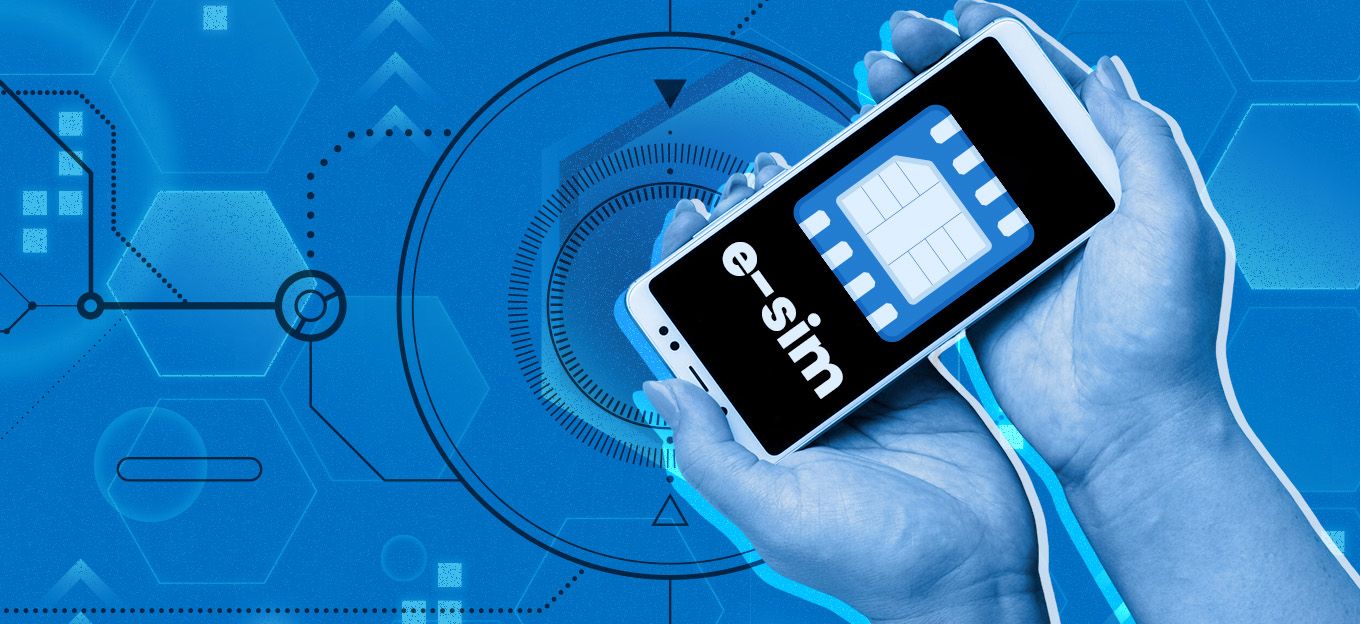What's Looming Large in September IoT Connectivity Events?
What's Looming Large in September IoT Connectivity Events?
- Last Updated: December 2, 2024
Transforma Insights
- Last Updated: December 2, 2024



September is always a busy month for trade shows and conferences and 2023 is no exception for connectivity events. This month Transforma Insights' analysts will speak at several major events that are focused on the Internet of Things, particularly IoT connectivity.
These include Digital X in Cologne, The Things Conference in Amsterdam, Mobile World Congress in Las Vegas, and then back to Amsterdam for the IoT Tech Expo Europe. Along the way, our analysts will chair, moderate, and speak in various sessions. In this post, we provide a preview of what we think will be the hot topics that will dominate the conversation around IoT connectivity at these events.
Consolidation and M&A
The last few months have seen a flurry of acquisitions in the IoT connectivity space. Since the earth-shattering news that Ericsson was offloading its IoT assets to Aeris Communications, we have seen KORE acquire the IoT assets of Twilio, Wireless Logic continue its spending spree by picking up Blue Wireless and Webbing, emnify acquire Brazil’s Cinco Telecom, and Renesas buying Sequans.
And there have been others. Not only that but there are some monster deals in the pipeline, including the eventual spin-off of Vodafone’s IoT unit. The rumor mill will no doubt continue, and there may even be an announcement or two.
The important thing though is what these seismic shifts in the provider landscape tell us about what’s going on in the space. In part, it’s a reflection of the economics.
We’ve spoken many times about how price margins are eroding (see, for instance, our commentary on $1 IoT from two years ago). They can’t erode for long until that starts to stimulate consolidation in a drive for greater scale. And that’s not just MVNOs, it also includes MNOs.
What’s also interesting is that 15 years ago the market for IoT connectivity was dominated by a set of specialist providers, essentially MVNOs. In the intervening years the MNOs, by definition generalists, spotted an opportunity and went for it.
Now we’re heading back to a world of specialists. In some cases, with MNOs retrenching a bit away from connectivity. In order with the carving out of some MNO IoT businesses to act that way. Deutsche Telekom, for instance, formed a new legal entity DT IoT and Telefonica established an MVNO to focus on IoT.
These types of issues, and analysis of the strategies of MNOs and MVNOs in IoT, are all examined in depth in a range of our reports, including the annual Communications Service Provider IoT Peer Benchmarking 2023.
eSIM and iSIM
In May 2023, the GSMA unveiled the latest standard for remote SIM provisioning (RSP) for eSIM, the SGP.32 “IoT” variant.
Earlier variants had some limitations, for instance, SGP.22 “Consumer” is only applicable for use cases where the device has a sophisticated UI and a person operating it, and SGP.02 M2M doesn’t support constrained networks (such as NB-IoT) well and has limitations in terms of flexibility and control for the customer. SGP.32 promises greater capabilities, and we expect it to be the dominant technology.
But eSIM, and particularly SGP.32 IoT, is not without uncertainty. While the technology is a definite upgrade and simplification, it is still not clear how the commercial aspects of managing multiple carrier relationships and platform integration might work.
Furthermore, we also note that several mobile network operators have expressed concerns that SGP.32 represents a significant loss of control for them over managing the customer connection. While MVNOs will wholeheartedly embrace the technology we will likely see some reticence from MNOs, at least until there is strong demand from end customers to provide the capability.
The integrated SIM (iSIM) also has a lot of promise. Rather than being a dedicated component, this puts the SIM application as a function on a shared System on Chip (SoC), typically the cellular chipset, with dedicated hardware security protection.
It was standardized in 2020 and created a significant change in the hardware landscape, with additional complexity for chipset vendors. Even today it is not extensively supported by all chipset vendors.
In the next 10 years, we expect iSIM to become the dominant form factor, as it allows maximum flexibility, reduces component size, and reduces cost and power consumption. The question is how fast the technology will arrive.
Connectivity Management Platforms
The CMP world was once a very stable one. There were two big vendors (Cisco and Ericsson), a few alternatives, and a few MNOs decided to do their own thing. But the price erosion noted above has driven a set of new dynamics.
Operators that used to pay up to 50 cents per month for a connection on a CMP will now laugh at the idea, facing as they are a typical revenue per connection much lower than that. Ericsson couldn’t make its platform profitable, offloading it at the point when it was losing $100 million per year.
At the same time Cisco has been pushing up prices for its Control Center product to make it profitable (it seems to have managed to do that). So, disruption from the supply side and a shift in the underlying economics mean that several MNOs will look around for alternative platforms that are more cost-effective.
The likes of floLIVE, Mavoco, 1oT, and Eseye are poised to take advantage. We wait with interest to see if there are any announcements in September. We expect there will be.
The changing dynamics in the CMP landscape are something that we have commented on extensively in the last few months. Check out the recent free Position Paper, and subscriber-only Key Topic Insight report linked in our press release "New Transforma Insights Study Identifies A Major Transition in IoT Connectivity Management Platforms."
Devices Are the New Battleground
We’re increasingly seeing connectivity events being bundled with device expertise. Not only are we seeing more sophisticated connectivity offers launched by the IoT module makers, such as Quectel and Telit, but also many connectivity providers are finding great value in ensuring that hardware and connectivity work perfectly in tandem, including the likes of BICS, Eseye, and KORE (which has a very interesting line in hardware fulfillment).
Why? There are a few reasons. Firstly, there’s a growing realization that you can’t simply throw connectivity into any device and assume it will work fine. You need to optimize the two together.
Not only that, but the evolution of the SIM to eSIM and (eventually) iSIM means the connectivity is increasingly tightly integrated with the hardware. This will be a topic of discussion at upcoming connectivity events.
What are we expecting to hear in the coming month or two? More connectivity providers are finding better ways to stitch the connectivity and the associated devices together in a more consistent way.
Satellite as Redundancy for Cellular
There has been a lot of talk at connectivity events about satellite connectivity for IoT recently, particularly Low Earth Orbit (LEO) satellite using 3GPP Release 17 Non-Terrestrial Network (NTN) 5G connectivity. There are a few reasons to be concerned about the LEO space.
There are too many companies going after the market and the economics will be pretty challenging if there’s a lot of competition. We expect a shake-out in the space. There has also been a bit of a problem with packaging and communicating the offerings.
The important thing is that satellite connectivity should be packaged up as a support act to cellular, providing guaranteed connectivity even when terrestrial networks aren’t available. There’s not much of a market for applications that only need satellite.
But there’s a very good opportunity for selling cellular-based connectivity that has satellite redundancy. We expect that to be where the focus is during the latest round of discussions on the space. We saw a well-thought-through approach such as this in the Deutsche Telekom/Skylo announcement at the Mobile World Congress in Barcelona in February. We expect some more imminently.
5G
At Mobile World Congress Las Vegas, particularly, we’re expecting to be talking 5G, in all its glory. Matt Hatton will present his "IoT State of the Nation" at the 5G IoT Summit as part of the event.
It’s clear that for 5G New Radio private networks are in the running. On the wide-area IoT side, there are some bright spots, notably connected cars, but the vast majority of connections are still low bandwidth, and very little needs ultra-reliable low latency communication (URLLC).
It’s the massive machine-type communications (mMTC) bit of 5G that’s making the running. LTE-M is going strong, taking up the slack in many cases for the sunsetting of 2G.
NB-IoT is somewhat limited outside of China. And the first version of RedCap is unlikely to move the needle much in the IoT market. We’ll certainly be speaking about how the adoption of each of those is panning out, as well as alternatives like Cat 1 bis. And roaming keeps coming up as a topic, and a challenge.
LoRaWAN/Sigfox
Convergence is in the air in the world of LPWA. We expect to see many different takes on the theme of converged solutions that use multiple types of LPWA bearers.
These will likely range from Sigfox to the cellular ecosystem (subsets of which are now somewhat resigned to go with the flow), and with the LoRa folks who will be out in force at The Things Conference in Amsterdam landing somewhere in-between.
It will also be interesting to watch for traction with any LoRa-based solutions that rely on wide-area connectivity. Until now, the LoRa ecosystem has mostly been characterized by campus-type or smart city-scale network coverage, or even just coverage for smart building solutions.
But with the likes of Everynet now supporting nationwide LoRaWAN rollouts, many new IoT applications will have the potential to be supported by LoRa technologies. And they’re the types of IoT applications that tend to come in large volumes. The times they are changing.
The Most Comprehensive IoT Newsletter for Enterprises
Showcasing the highest-quality content, resources, news, and insights from the world of the Internet of Things. Subscribe to remain informed and up-to-date.
New Podcast Episode

IoT and AI in 2026
Related Articles




